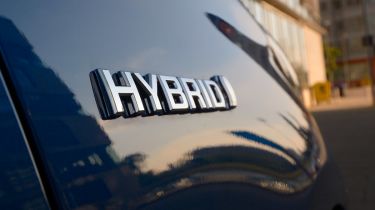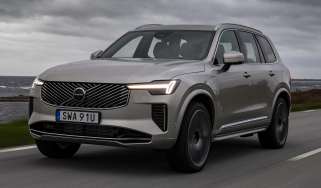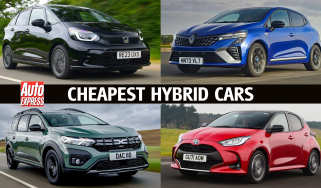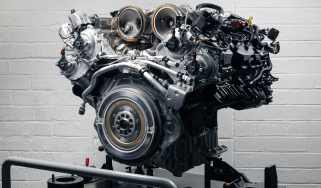What is a mild hybrid and how does it work?
Mild-hybrid cars are commonplace nowadays, but how does the technology work and should you consider buying one?

Not long ago, a hybrid car meant one thing: a car with two different power sources, usually a petrol or diesel internal-combustion engine working alongside an electric motor.
Today, cars are equipped with various electrified systems to help improve overall fuel economy, boost efficiency and reduce CO2 emissions. While an all-electric car (EV) draws its power solely from a battery, there are now mild hybrid, full hybrid and plug-in hybrid (PHEV) systems that offer varying degrees of electrical assistance and drive, while working in tandem with a traditional fossil-fuelled engine. The options for buyers continue with innovative approaches from individual manufacturers such as Nissan with its e-Power system.
The big distinction is that, while the electric motor in a full, or plug-in hybrid can drive the car, the motor in a mild hybrid can’t – it just assists the engine, helping it to operate in a more energy-efficient way.
How does a mild hybrid work?
Mild hybrids come in several configurations, but most commonly feature a small battery pack that works with the regular 12V battery found in all combustion-engined cars.
Often, this is a 48V system with an integrated starter-generator, which acts as both a starter motor and a power bank to assist the engine. The result is that this unit supplies power under certain conditions, like when you’re pulling away, helping take a little load off the engine to help save fuel, boosting economy and lowering your running costs. There’s a small benefit to acceleration as well.
Some mild-hybrid electric vehicles (MHEVs) have a function that allows the engine to turn itself off when coasting. But in any event, MHEV technology will restart the engine automatically when you’re ready to set off or push the accelerator again.
One thing that’s key to all mild hybrids, though, is that there’s no electric-only running. For this you’ll need a full hybrid or plug-in hybrid.
Are mild hybrids exempt from tax?
Unfortunately not. Only zero-emissions vehicles are exempt.
Do mild hybrids feel different to drive?
Not drastically. Most systems will improve the car’s start-stop feature, so you may coast to a stop with no engine power, rather than have the engine cut out at the last minute.
The engine will drive the car, but the battery may help acceleration, and braking may feel a bit different, if the car has regenerative brakes.
Are there any other potential benefits?
One company is developing a 48V system to cut nitrogen-oxide emissions from diesel cars by up to 60 per cent – by electrically heating the catalytic converter faster than the car’s engine can.
Mild hybrids | |
| Pros | Cons |
| Lighter than conventional hybrid |
Pollutes more than hybrid |
| Cheaper to manufacture |
No huge boost to economy |
| Lower emissions |
Short, if any, electric-only range |
Now take a look at our top 10 best hybrid cars and best small hybrids on sale
Find a car with the experts





